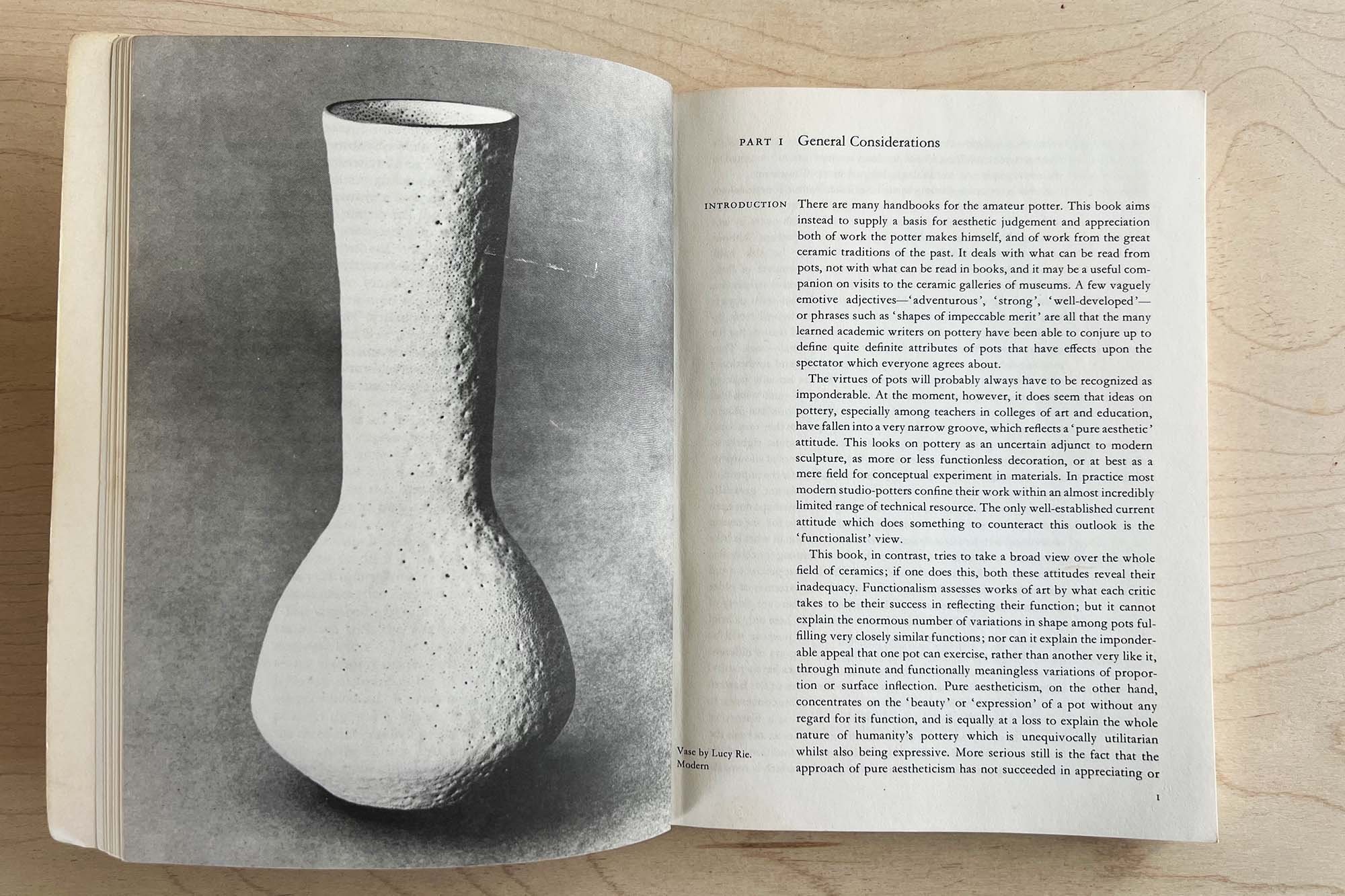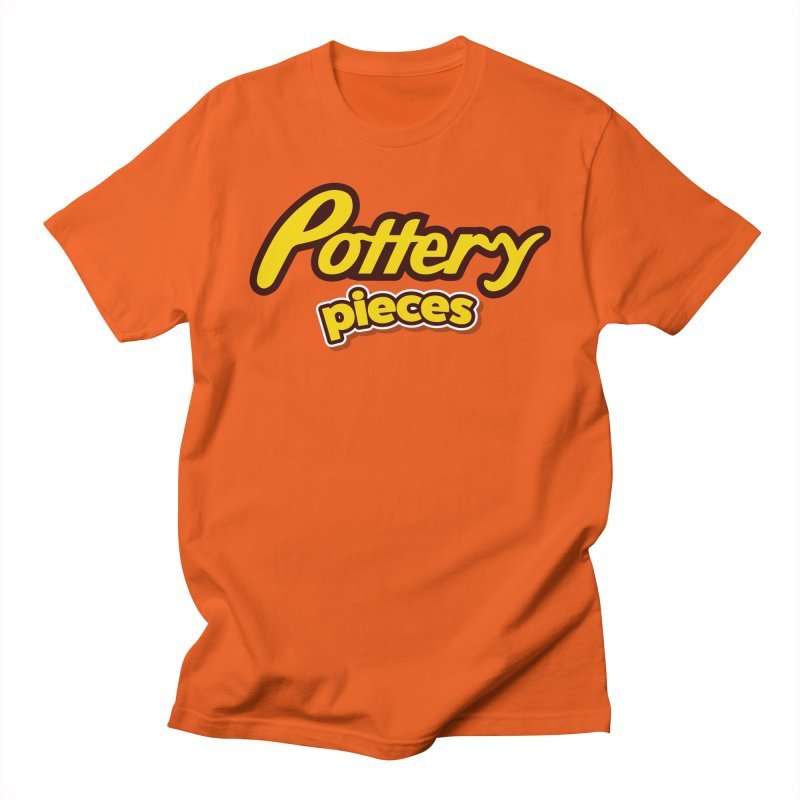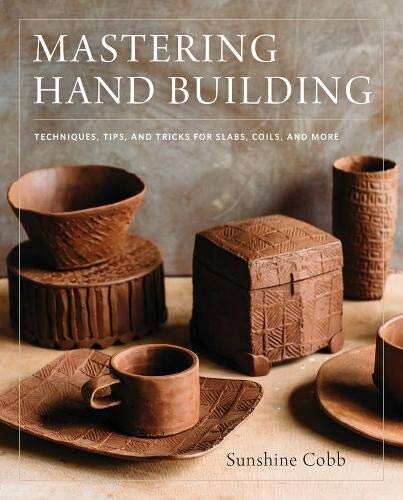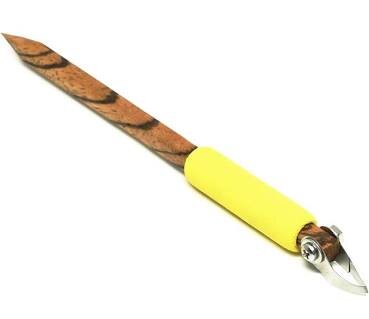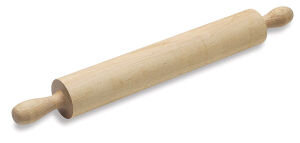Philip Rawson’s 1971 book Ceramics is an overview of the medium in which the author aimed to “supply a basis for aesthetic judgement and appreciation both of the work the potter makes himself, and of work from the great ceramic traditions of the past.” Starting with an introductory chapter, the book then proceeds into a chapter on techniques followed by the main part of the book called “Symbolism of Form,” which covers a variety of shapes, uses, colors, forms and other considerations from the field of ceramics.
In the first chapter, a short section called “The Existential Base” talks directly about the meaning of ceramics and ceramic vessels in particular, and how each pot is a reflection of it maker and their skills and culture.
Here’s an excerpt from pages 6-8 of the 1984 edition:
The first page of text along with an image of a vase by Lucie Rie.
Thus one of the prime reasons why ceramics is such an interesting art is that it fills the gap which now yawns between art and life as most people understand their relationship. To explain the meaning of ceramics can be, in a sense, to explore the historical roots of art as such. For whereas other arts, painting and sculpture in particular, have come for centuries now to resemble cut flowers, separated from the living plant which produced them, in the case of ceramics we are everywhere brought face to face with the root. This appears to the primal interweaving of matter, human action, and symbol that each pot represents.
Inert clay, from the earth, is made into something which is directly and intimately related to active craft, to the processes of human survival, and to social and spiritual factors in the life of man, all at once. None of the elements is lost; all are reflected in some sort of balance in each successful work. This then becomes what one may call a ‘transformation image’, something undeniably material, wearing the evidence of its material nature in its visible and tangible forms and attributes, which at the same time contains so much projected into it from man’s daily life and experience at all levels that it can seem to him almost like a projection of his own bodily identity. It thus becomes an external testimony to his existence. By taking an existential back-step, so to speak, we are enabled to witness in humanity’s pots a virtually unlimited variety of concrete realizations which uncover and authenticate his life and action in his world of meaning.
The book has a variety of black and white reproductions of modern and historical ceramic work.
And from a few paragraphs later:
…it is certainly clear that pots, even the simplest, can only be ‘mere facts’ to those of us who classify them academically. To their makers and users they have always been a kind of two-way revelation, first of man to himself as a creative and independently working agent, and second of the world to man as a medium, imbued with ‘reality,’ which his is able to transform. A pot thus ‘contains’ both the reality of materials and process, and the inner realities of man’s sense of identity in the relation to his own world of meaning.
—This excerpt was found on pages 6-8 of the 1984 edition.
Rawson’s morphology of pottery chart shows a variety of shapes.
Ceramics by Philip Rawson
Originally published 1971, but available in a variety of editions.
Shop the book:

